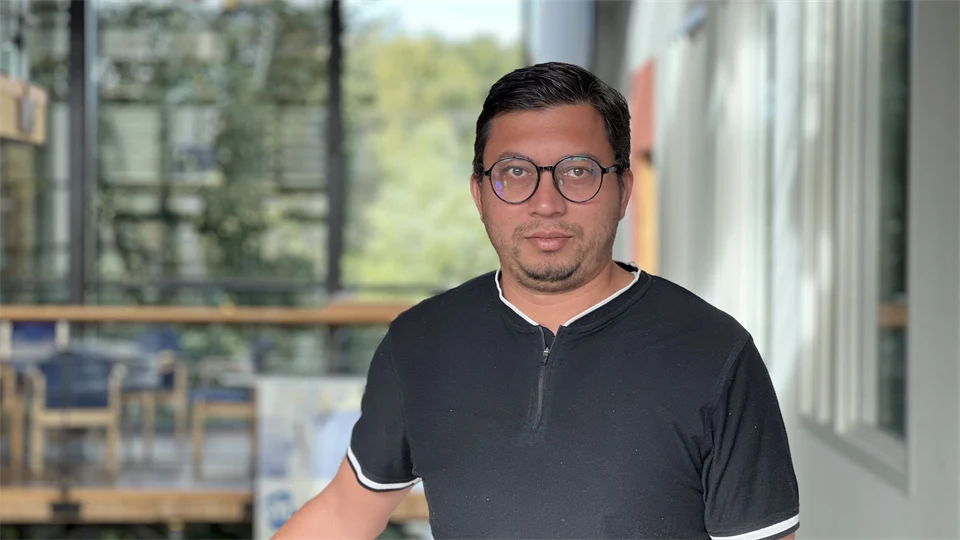"Interesting and challenging"
Harsh Verdhan Singh is a new Postdoctoral researcher at Mid Sweden University. His research focuses on RF and Antenna Design for IoT applications. Harsh will explore the critical role of RF technologies in advancing industries such as healthcare, defense, telecommunications, and automotive.
What is your background?
My name is Harsh Verdhan Singh and I'm from India. I have a Ph.D. in Electronics & Communication Engineering from Dr. SPM International Institute of Information Technology, Naya Raipur, CG, India in May 2022. I got my masters degree in technology (M. Tech.) from Dhirubhai Ambani Institute of Information and Communications Technology, Gandhinagar, GJ, India in 2010, and I have a bachelor’s degree (B. E.) in Electronics & Telecommunication Engineering from Pandit Ravi Shankar Shukla University, Raipur, CG, India in 2006. I have around six years of academic experience, one year of industrial experience and five years of research experience. I have published 12 journals, seven conference paper, and contributed to two book chapters. I have received several scholarships and grants from different authorities during my education and research.
How come you chose Mid Sweden University and Sweden for your Post Doc?
I was looking for a good Post Doc or research position in the area of RF and Antenna design to enhance my research career, at that time I came across this particular recruitment in Mid Sweden University, which I found interesting and challenging. So, I opted to apply and pursue the career of research.
What does your research focus on?
Currently we are working on Antenna Design for IoT applications. My research interests are RF and Antenna Design, Analog and Mixed Signal Design, RFIC Design.
How can your research contribute to society and the industry?
Research on RF (Radio Frequency) and Antenna Design is critically important to both society and industry for several reasons:
Communication Infrastructure, Wireless Networks, Internet of Things (IoT):
Antennas and RF systems are crucial for IoT devices, which connect various smart devices like home appliances, wearable tech, and industrial sensors, revolutionizing industries and everyday life.
Healthcare Advancements:
Like Medical Imaging, Wireless Medical Devices- RF-based devices such as pacemakers, wearable monitors, and implantable biosensors provide life-saving functions and continuous health monitoring for patients.
Defense and National Security:
Like Radar Systems, Military Communications: Secure, robust, and high-bandwidth RF communication systems enable efficient battlefield communications, drones, and satellite communications, ensuring military efficiency.
Satellite and Space Technologies:
Like Global Positioning Systems (GPS), Satellite Communication: RF and antenna designs allow satellites to communicate with Earth, providing data for telecommunications, weather forecasting, and global broadcasting.
Economic Growth and Industry Innovation:
Like Telecommunication Industry, Consumer Electronics: Modern smartphones, smart TVs, and wireless gadgets rely heavily on optimized RF and antenna designs, making them more efficient, compact, and powerful.
Automotive Industry:
Like Connected and Autonomous Vehicles. Sensor Networks: Antennas play a key role in sensor systems for vehicle safety, like lane-keeping assistance, blind-spot detection, and automatic braking systems.
Environmental Monitoring and Sustainability:
Like Remote Sensing.
Scientific Research and Exploration:
Like Radio Astronomy, Deep Space Communication.
In summary, research in RF and antenna design has far-reaching implications, driving technological advancements, improving societal welfare, enhancing security, and fostering economic growth across various industries.
